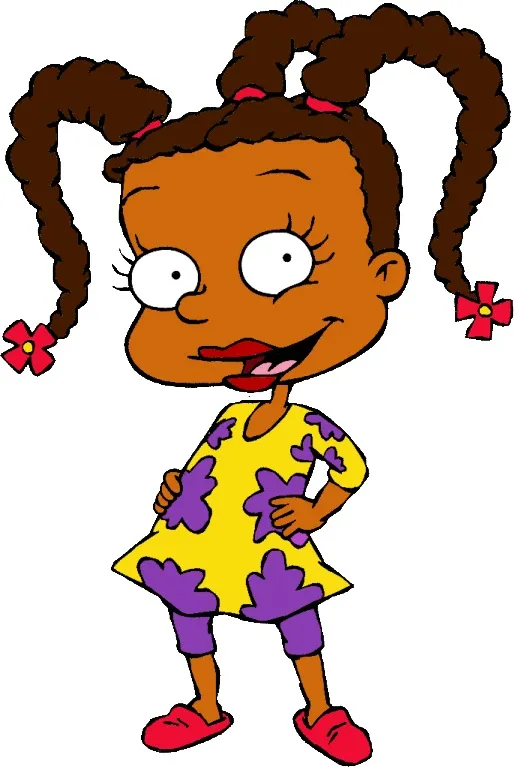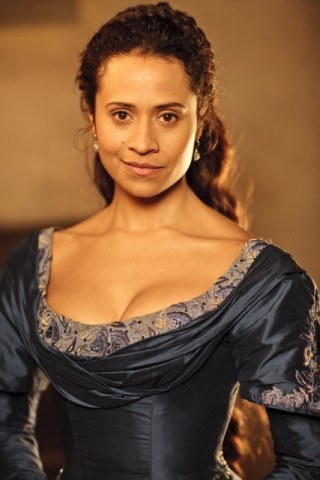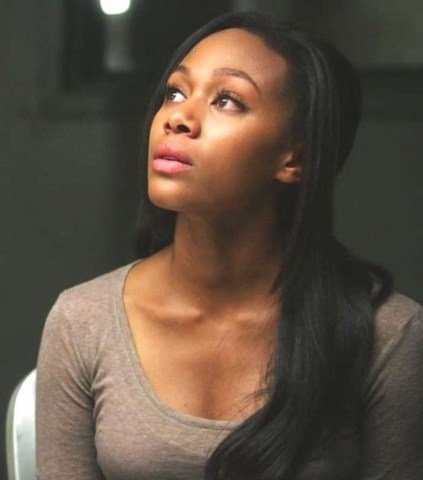It started with Susie Carmichael.
Like most children of the ’90s, I was obsessed with Rugrats and dragged my mother to see both feature lengths films in theaters. Now, I wasn’t a huge fan of Susie; she was too perfect, and although I didn’t realize it at the time, too manufactured. I much preferred the volatile and antagonistic Angelica. However, I remember sitting in the theater wondering, “Why isn’t Susie in the movie?”
The absence of her, and the lack of explanation as to why she wasn’t there, bothered me. It still does.
Despite living in the Cookie Lyon Dynasty of television, the reality is that for every Olivia Pope or Mary Jane Paul or Jessica Wong, there are dozens more characters who have been created to check off their diversity box.
Most of these actions are not done with malice but just a general lack of understanding that marginalized characters are not white characters done up. What makes characters like Jessica Wong from Fresh off the Boat so engaging is that she shows the similarities and differences between cultures that make each unique. The experiences of a immigrant family from Taiwan should not be the same as a WASP family from Connecticut.
Colorblind casting has been a huge perpetrator of this problem. Despite times where colorblind casting has worked, Hamilton being a shining example, it only works if once the characters become minorities, they are treated with the respect of their white counterparts.
Gwen from BBC’s Merlin was one of the only non-white people in Camelot, except for her own family and the odd bandit. While on paper, a race-bent version of Queen Guinevere sounds like an amazing step forward (plus Angel Coulby nailed it), the character was given less and less to do every season, and despite being the main love interest shared a total count of ZERO kiss scenes between herself and her (white) husband—even after being submerged in water. In a corset! TOGETHER!
Tara Thornton (True Blood), Bonnie Bennett (The Vampire Diaries), and Iris West (The Flash) are all portrayed by black actors despite being originally white, and in each adaptation, the character was given much less narrative importance. White Tara was married, owned a store, and didn’t spend season after season being abused only to die off screen. Book Bonnie had her own storyline, and she and Damon had a romantic relationship; show Bonnie spends most of her small-screen time in pain or in a plot box. Iris and Barry have one of the most iconic romances in DC comics, yet in the show, Iris is playing second romantic fiddle in this current season.
The most egregious example is Abbie Mills from Fox’s Sleepy Hollow. Much like Joan Watson from Elementary, there is a non-white female co-lead with a white male anchor by her side. While I do feel Elementary treats Joan as important, her family is only brought up in passing. An episode a season is not an accomplishment when Sherlock has had an entire season about the complex relationship between himself and his brother, and in the current season, his father. Abbie suffers from the same issues, except at least Joan can get a passing shout out to having friends. Despite the show taking place in Abbie’s hometown, her social and love life is nonexistent. Meanwhile, Crane gets to have three different love interests while Abbie lovers are still waiting for Abbie to get one kiss from a non-creepy dude. It is exhausting, especially because the writers claim to love these characters.
What writers fail to realize is that the tropes that apply to white female characters are not transferable to WOC. Being shown as soft, lovable, passive, and even weak is a radical thing when the prevailing mentality is that you are unbreakable—because we can break.
Years after my Rugrats phase, I watched Daria, and much like Rugrats, they had their own token black character, Jodie. However, there was one scene that I will always remember from S2E8, “Gifted.” Daria and Jodie have been invited to enroll in a school for gifted students, and Jodie gets a moment to explain why she is an overachiever:
“At home, I’m Jodie—I can say and do whatever feels right. But at school, I’m The Queen of the Negros, the perfect African-American teen, the role-model for all the other African-American teens at Lawndale. Oops! Where’d they go?”
It was one of the few times I saw myself in a character on a show that wasn’t “a black show.” Those moments are important, because they show that the writers can explore these characters and understand the place they occupy in the world. I love seeing Abbie, Joan, Kira from Teen Wolf, and other leading ladies of different races of television, but I wish I could see them be treated like full people. It is not the fans’ responsibility to create identities for these characters; it’s the writers’. Shonda can’t do it all, people!
Princess Weekes is a full-time writer, part-time Barista originally from Brooklyn, but camping out in Queens, NY. When she isn’t catching up on Netflix or stressing about student loans, she reads about dead white royality. She runs a small YouTube Channel under the username Melina Pendulum and hopes to someday finish that novel. Find her on Twitter or Youtube.
—Please make note of The Mary Sue’s general comment policy.—
Do you follow The Mary Sue on Twitter, Facebook, Tumblr, Pinterest, & Google +?











Published: Dec 4, 2015 02:59 pm